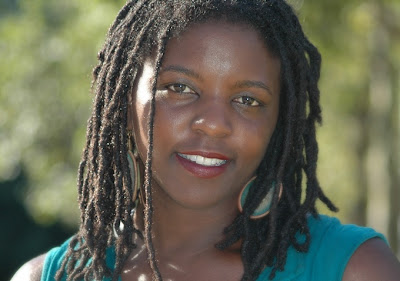All-white jury pools in Florida convicted black defendants 16 percent more often than white defendants
Study: All-White Jury Pools Convict Black Defendants 16 Percent More Often Than Whites
Duke-led researchers examined more than 700 non-capital felony criminal cases in two Florida counties from 2000-2010
Durham, NC - Juries formed from all-white jury pools in Florida convicted black defendants 16 percent more often than white defendants, a gap that was nearly eliminated when at least one member of the jury pool was black, according to a Duke University-led study.
The researchers examined more than 700 non-capital felony criminal cases in Sarasota and Lake counties from 2000-2010 and looked at the effects of the age, race and gender of jury pools on conviction rates.
The study, posted Tuesday on the Quarterly Journal of Economics (http://www.oxfordjournals.org/page/4595/1), focused on how conviction rates varied with the composition of the jury pool, which is randomly determined by which eligible residents are called for jury duty that day.
"The idea is to treat the jury pool as a natural experiment -- some defendants randomly draw a jury pool that includes some black members while others face a jury seated from an all-white jury pool," Bayer said.
Among the key findings:
-- In cases with no blacks in the jury pool, blacks were convicted 81 percent of the time, and whites were convicted 66 percent of the time. The estimated difference in conviction rates rises to 16 percent when the authors controlled for the age and gender of the jury and the year and county in which the trial took place.
-- When the jury pool included at least one black person, the conviction rates were nearly identical: 71 percent for black defendants, 73 percent for whites.
-- About 40 percent of the jury pools they examined had no black members and most of the others had one or two black members.
-- When blacks were in the jury pool, they were slightly more likely to be seated on a jury than whites. The eligible jury population in these counties was less than 5 percent black.
Bayer said they chose data from Sarasota and Lake counties because these jurisdictions provide more detailed information from court trials than do most other jurisdictions throughout the country.
The researchers said they wanted to know how the racial make-up of a jury pool affects the outcome of a trial because existing empirical literature on the subject was "sparse" and subject to a number of limitations. They also cited anecdotal evidence from trials that has raised questions about fairness, and noted the proportion of incarcerated blacks is almost four times the proportion of blacks in the general population.
Studies based on experimental evidence from "mock" trials are limited in part because the stakes are far lower than for real trials, they said. Studies that examine the correlation of a seated jury's race and related trial results are problematic because seated jurors are not selected at random from a set of people on the jury pool, they said.
In most criminal trials in the United States, prosecutors and defense attorneys can exclude potential jurors without explanation through a process called peremptory challenge. So even if the initial jury pool is randomly drawn, the nature of the charges, the evidence and the attributes of the defendant can all influence the composition of the seated jury.
Excluding potential jurors based on race is illegal; Bayer said the data they examined did not show any misconduct by attorneys. The findings imply that the application of criminal justice is "highly uneven," Bayer said, because conviction rates vary substantially with random variation in the racial composition of the jury pool.
"Simply put, the luck of the draw on the racial composition of the jury pool has a lot to do with whether someone is convicted and that raises obvious concerns about the fairness of our criminal justice system," Bayer said.
"I think our study points to the need for a lot more analysis, and a lot more transparency in collecting data and analyzing it in jurisdictions throughout the country," Bayer said.
Other researchers for the study, "The Impact of Jury Race in Criminal Trials," were Shamena Anwar, an assistant professor of economics and public policy at Carnegie Mellon University, and Randi Hjalmarsson, an associate professor of economics at Queen Mary, University of London.
More Information Duke Today Contact: Steve Hartsoe. Affiliation: News and Communications Phone: (919) 681-4515. Email: steve.hartsoe@duke.edu
CITATION: "The Impact of Jury Race in Criminal Trials," senior author Patrick Bayer, Duke University; Shamena Anwar, Carnegie Mellon University; Randi Hjalmarsson, Queen Mary, University of London. Quarterly Journal of Economics, online April 17, 2012, print in May 2012; DOI number 0.1093/QJE/QJS014.


































